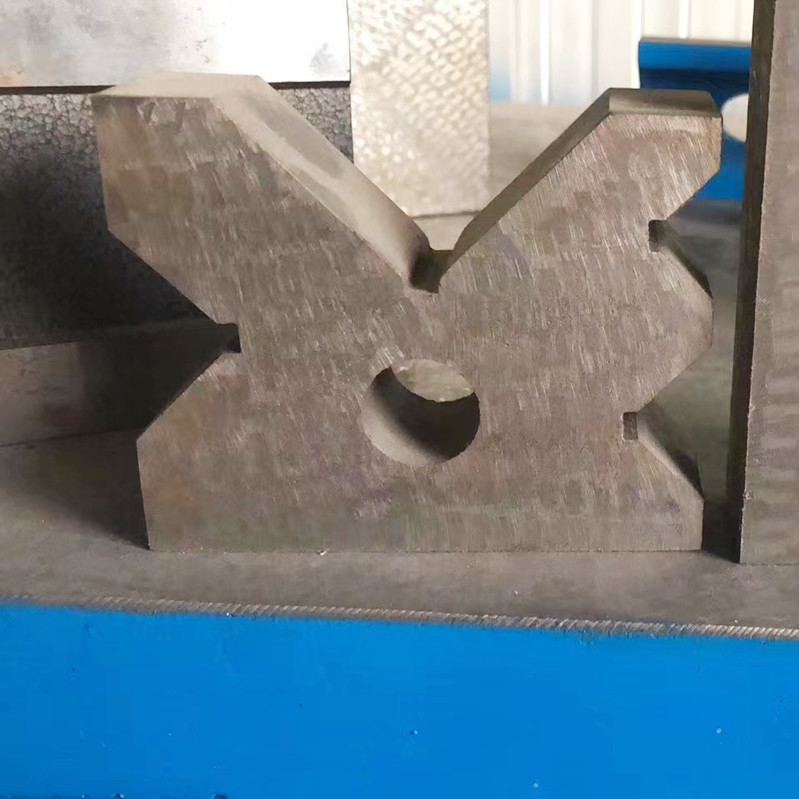kol . 19, 2024 01:19 Back to list
Evaluating Performance of Back Pressure Check Valves in Fluid Systems
Understanding Back Pressure Check Valves Functionality and Applications
Back pressure check valves are crucial components in various fluid systems, ensuring that the flow direction is maintained and preventing backflow, which can lead to significant operational issues. They are commonly employed in industries such as oil and gas, water treatment, and chemical processing, where managing fluid movement is vital for the efficiency and safety of operations.
What is a Back Pressure Check Valve?
A back pressure check valve is a type of one-way valve designed to prevent the reverse flow of fluid in a pipeline while allowing the fluid to flow freely in the intended direction. Unlike standard check valves that operate based on gravity or fluid pressure alone, back pressure check valves are particularly effective in applications where reverse pressure may occur. These valves are engineered to maintain a predetermined level of pressure upstream, which aids in stabilizing systems that experience fluctuations in pressure.
How Do Back Pressure Check Valves Work?
The operation of back pressure check valves is typically based on a spring-loaded mechanism or a weighted disc that responds to the pressure differential between the inlet and outlet. When fluid flows in the intended direction, the valve opens easily. However, when there is a reversal in flow or an increase in back pressure, the valve closes to prevent backflow. This functionality is crucial in maintaining the integrity of the system and protecting pumps, pipelines, and other equipment from damage.
Importance in Various Applications
1. Oil and Gas Industry In the oil and gas sector, back pressure check valves are utilized to manage the flow of crude oil, natural gas, and other hydrocarbons. Their ability to prevent backflow protects pumps and compressor stations, ensuring efficient transport and reducing the risks of leaks or spills.
back pressure check valve

2. Water Treatment In water treatment plants, these valves prevent contaminated water from flowing back into clean water sources, thereby maintaining water quality. They also assist in controlling the pressure in piping systems, ensuring that treated water flows out at the desired pressure.
3. Chemical Processing In chemical manufacturing, back pressure check valves help manage the flow of dangerous or corrosive substances. They are designed to withstand harsh conditions while preventing backflow that could result in hazardous situations.
Benefits of Using Back Pressure Check Valves
- Protection Against Reverse Flow The primary benefit is the prevention of unwanted backflow, which could lead to system failures or contamination. - Pressure Control They help in maintaining the necessary pressure levels in the system, ensuring that operations run smoothly without interruption.
- System Efficiency By ensuring proper flow direction and pressure maintenance, back pressure check valves contribute to the overall efficiency and longevity of fluid systems.
- Versatility Available in various materials and designs, these valves can be customized for different applications, making them a versatile choice for engineers and designers.
Conclusion
Back pressure check valves are essential components that play a vital role in maintaining the safety, efficiency, and reliability of fluid transport systems across multiple industries. Understanding their functionality and applications is crucial for engineers and operational managers to design systems that can withstand the challenges associated with fluid dynamics. By incorporating these valves, industries can ensure that their operations remain efficient and secure, safeguarding both infrastructure and the environment.
-
Thread Micrometer Set FeaturesNewsJul.04,2025
-
Right Angle Ruler Tool for WoodworkingNewsJul.04,2025
-
Precision Frame Level Calibration StepsNewsJul.04,2025
-
Magnetic Vee Block MaterialsNewsJul.04,2025
-
Heavy Duty Ground Anchors in MiningNewsJul.04,2025
-
Features of Welding Table Cast IronNewsJul.04,2025
Related PRODUCTS









